Imperfection and radiation damage in protein crystals studied with coherent radiation
- PMID: 26698068
- PMCID: PMC4733927
- DOI: 10.1107/S1600577515019700
Imperfection and radiation damage in protein crystals studied with coherent radiation
Abstract
Fringes and speckles occur within diffraction spots when a crystal is illuminated with coherent radiation during X-ray diffraction. The additional information in these features provides insight into the imperfections in the crystal at the sub-micrometre scale. In addition, these features can provide more accurate intensity measurements (e.g. by model-based profile fitting), detwinning (by distinguishing the various components), phasing (by exploiting sampling of the molecular transform) and refinement (by distinguishing regions with different unit-cell parameters). In order to exploit these potential benefits, the features due to coherent diffraction have to be recorded and any change due to radiation damage properly modelled. Initial results from recording coherent diffraction at cryotemperatures from polyhedrin crystals of approximately 2 µm in size are described. These measurements allowed information about the type of crystal imperfections to be obtained at the sub-micrometre level, together with the changes due to radiation damage.
Keywords: coherent diffraction; crystal perfection; radiation damage.
Figures

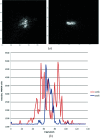
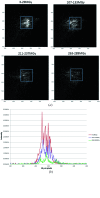
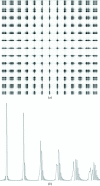
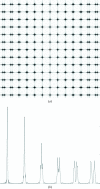
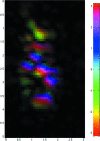
References
-
- Aranda, M. A. G., Berenguer, F., Bean, R. J., Shi, X., Xiong, G., Collins, S. P., Nave, C. & Robinson, I. K. (2010). J. Synchrotron Rad. 17, 751–760. - PubMed
-
- Boggon, T. J., Helliwell, J. R., Judge, R. A., Olczak, A., Siddons, D. P., Snell, E. H. & Stojanoff, V. (2000). Acta Cryst. D56, 868–880. - PubMed
-
- Boutet, S. & Robinson, I. K. (2008). J. Synchrotron Rad. 15, 576–583. - PubMed
-
- Bowler, M. W., Guijarro, M., Petitdemange, S., Baker, I., Svensson, O., Burghammer, M., Mueller-Dieckmann, C., Gordon, E. J., Flot, D., McSweeney, S. M. & Leonard, G. A. (2010). Acta Cryst. D66, 855–864. - PubMed
MeSH terms
Substances
Grants and funding
LinkOut - more resources
Full Text Sources
Other Literature Sources

